One of the ultimate compliments for a photo is when it makes someone just blurt out a one-syllable word or sound. “Wow,” “ooh,” “awww,” “damn,” “whoa,” “spoon” … you get the idea. The measure of a photo’s success isn’t if it followed all the “rules,” it’s whether it makes the viewer feel something. If you get a spontaneous exclamation out of your viewer, they have felt something!
If you aren’t getting these “blurts” about your work, using these concepts and techniques will make an instant impact on your creative process for photography!
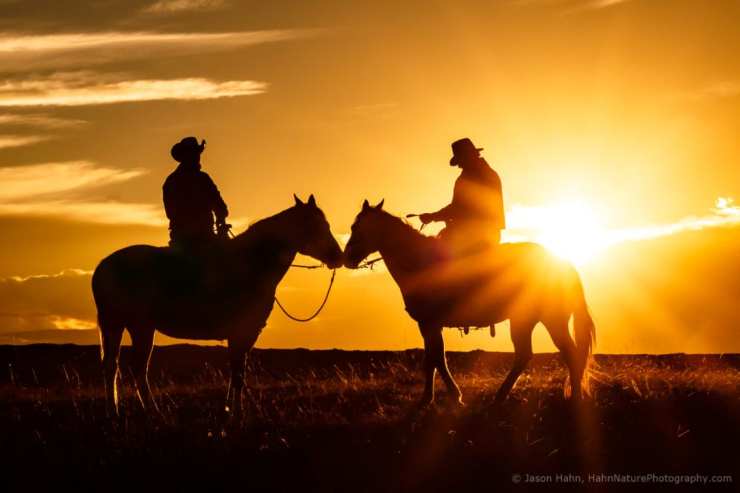
Simplify, scale down, take small bites
There you are at {Insert Amazing Place’s Name Here} having your mind thoroughly blown by the scenery around you. You try to capture the sheer scale/majesty/awe of it all in one picture. But, when you look at your photos later, your reaction is, “Meh.” That’s where you were, but it doesn’t really show what you felt.
Trying to capture the full, amazing, 360-degree spectacle surrounding you in one still photo rarely works, because the picture is not the full immersion world you are experiencing. You are going to see it smaller on the screen or in print, without all your other senses engaged. The key is figuring out what it is you love about the scene. What memories and sensations do you want to capture and share with others?
Simplify your composition to get rid of all the stuff that doesn’t help tell the story of that moment. For example, instead of capturing the whole beach at sunset, pick out that little patch of sea oats, that one dune or a couple walking hand in hand, and use that to tell the story. I am a big fan of long lens landscapes, using lenses like my Tamron 150-600mm to pick out distant features from the larger scene. When you simplify and scale down your image, your vision and feelings about the place become much clearer. When people see your shot, it makes them feel like they were there with you, or want to go there now and the ‘blurts’ will just be blurted!

Engage the other senses
Think about your most powerful memories. What other senses do they include beyond the visual? Listen to your favorite song. Do you experience memories, emotions or even get goosebumps (scientists call this a “skingasm,” seriously, look it up)?
As a photographer, your goal is to have the viewer feel something beyond just what they see in your shot. You want them to use those ‘blurts’ mentioned above. Photography has the power to connect with people beyond just the visual, invoking someone’s senses, memories and imagination. I’m not saying you have to produce “scratch -n- sniff” photos, especially since I photograph in many “aromatic places” … wetlands, fishing docks, my son’s track meets, etc. But, any time you engage someone’s other senses beyond sight, you create a deeper connection between them and your photo.
As photographers, we have many tools at our disposal to create mood and stir emotion, perhaps one of the strongest being color. Color can make us “feel” warm or cold, happy or sad, energized or mellow. Look at the color palette in the image below. The warm oranges and reds of the fire contrast to the cool blues of the sky and greens of the prairie. The complementary colors work together to create a mood, one of warmth from the fire as the cool of the evening sets in.
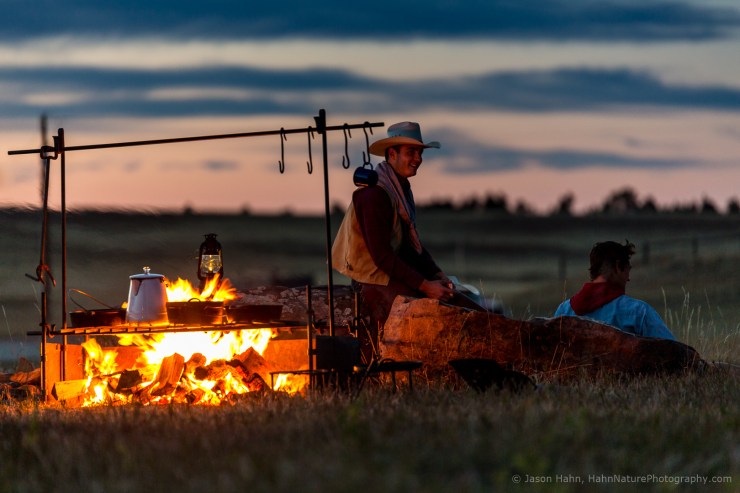
Take your photos. Put yourself in every shot.
When I say, “put yourself in every shot,” I’m certainly not saying make every shot a “selfie” (seriously, please don’t). This is about putting your style and personality into your work. What is it about the scene or subject in front of you that makes you want to press the button and take the shot? What do you want to share with others about each of these moments?
The danger in trying to market your work lies in trying to only make photos you think other people will like, versus making ones you like. While there are certain markets that don’t encourage much creativity, most do. I truly believe you have to shoot what resonates with you to be successful. If you look at the photography greats, and their images that receive the ‘blurts’, they work their personality and creativity into every image. Learn from them by putting yourself into your work.
.mgl-tiles { display: none; } #mgl-gallery-634edf3727ffb { margin: -5px; width: calc(100% + 10px); } #mgl-gallery-634edf3727ffb .mgl-box { padding: 5px; } @media screen and (max-width: 768px) { #mgl-gallery-634edf3727ffb { margin: -5px; width: calc(100% + 10px); } #mgl-gallery-634edf3727ffb .mgl-box { padding: 5px; } } @media screen and (max-width: 460px) { #mgl-gallery-634edf3727ffb { margin: -5px; width: calc(100% + 10px); } #mgl-gallery-634edf3727ffb .mgl-box { padding: 5px; } }

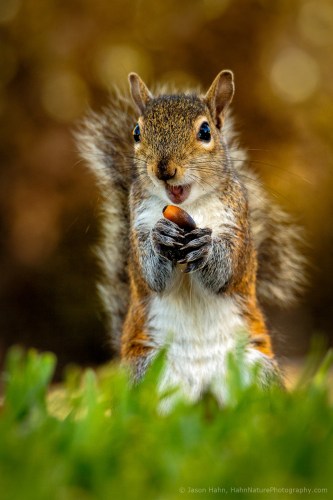
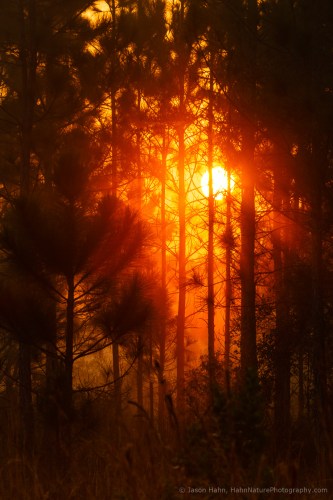
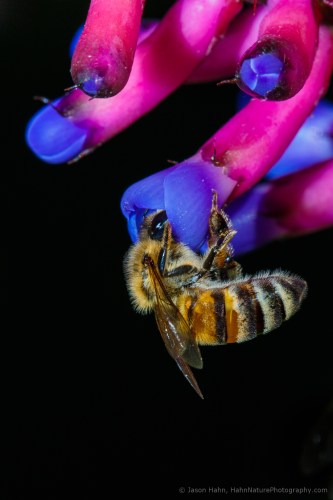
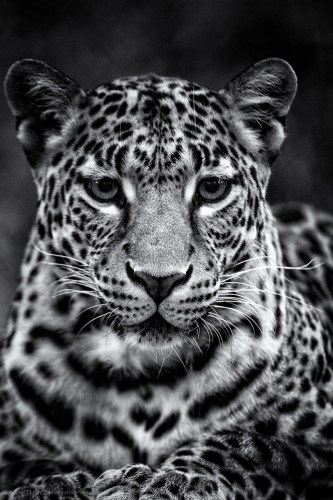
I am an outdoors person, deeply passionate about protecting and conserving nature. My style stems from this, I want the viewer to feel a connection to nature, and like they are right there with me getting to see all this amazing stuff!
Imagine, create, complete
All photos begin in the imagination, are created in the camera and are completed in the darkroom. Your photography is elevated from snapshot to art when you include all three steps, not just the middle one. Yes, we want to “get it right” in the camera, but this does not mean a photo is finished just because it has been saved to the memory card. Use the time you spend working on your images in the digital darkroom to enhance the mood of the image, not just to correct technical issues like exposure or dust spots.
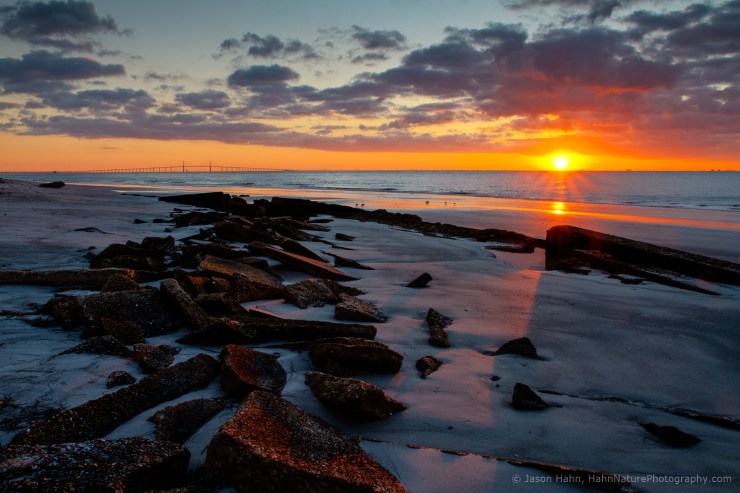
One of our most powerful tools as a photographer is the viewer’s imagination. Engaging your imagination will make your photos more powerful and personal for them! Bonus: you’ll receive more ‘blurts’!
Tell your story with the second annual Visual Storytelling Conference!
Experience four days of interactive, online training sessions featuring a range of educational content with experienced photographers and content creators. This free event kicks off with a series of technical boot camps to build essential skills, followed by live, online sessions on photography, video, business and social media. Join live from March 10-13, 2022!
